Imagine trying to navigate a new city without street signs or a map. Frustrating, right? Your website visitors feel the same way when your navigation is confusing or unclear. Semantic navigation isn’t just about pleasing search engines; it’s about creating intuitive pathways for users to discover your content.
This post is a deep dive into how using semantic HTML for your menus, breadcrumbs, and internal links can boost your SEO rankings while delighting your audience.
Semantic Navigation: What’s the Big Deal?

Semantic navigation isn’t just about aesthetics; it’s about meaning. Search engines like Google use crawlers (aka “bots”) to explore your site. When you use the correct HTML tags for navigation elements, you’re giving these bots a clear roadmap. This helps them to;
- Index Your Content: Ensure all your valuable pages are found and listed in search results.
- Understand Structure: Grasp the relationships between pages (e.g., which ones are most important).
- Improve User Experience: If bots navigate easily, so can humans, which is a positive ranking signal.
The Holy Trinity of Semantic Navigation
- <nav> Element: Your Site’s Table of Contents
- What it is: The <nav> tag wraps around the main navigation menu(s) of your website.
- Why it matters: It signals to search engines, “This is the central navigation hub.” It’s like the table of contents for your entire website.
- Best practices:
- Use ONE <nav> for your primary menu (usually the top menu).
- Use <ul> (unordered list) or <ol> (ordered list) for menu items.
- Nest submenus within <li> (list item) tags.
- Use descriptive anchor text in links (e.g., “About Us” instead of “Click Here”).
- Breadcrumbs
- What they are: The little trail of links (usually near the top) showing where the user is within your site’s hierarchy. (e.g., Home > Blog > SEO Tips).
- Why they matter: Breadcrumbs aid both user navigation and search engine understanding of site structure. They also provide additional internal links, which is good for SEO.
- Best practices:
- Use <ol> for breadcrumbs to indicate a sequence.
- Use the > symbol as a visual separator.
- Internal Links
- What they are: Hyperlinks within your content that point to other relevant pages on your site.
- Why they matter: They help users discover more of your content, keep them engaged, and distribute link equity, which is a ranking factor.
- Best practices:
- Link contextually, not randomly. The linked text should give a clear idea of where the link leads.
- Vary your anchor text for naturalness (avoid overusing exact keywords).
Beyond Regular Users: Semantic Navigation for Search Engine Crawlers and Inclusivity

It’s easy to get caught up in the visual aspects of web design, but remember that search engines don’t experience your website the way humans do. Think of search engine crawlers as tireless explorers, diligently navigating the web but with one crucial limitation: they can’t “see” the beautiful layout, the flashy graphics, or the cool animations you’ve meticulously crafted.
Instead of visual cues, search engine crawlers rely on the underlying code, specifically semantic HTML, to understand your content. Semantic HTML is like a treasure map for these crawlers, revealing the hidden gems within your website. Without it, your most valuable content might remain buried, unseen by both search engines and potential customers.
A clear semantic structure acts as a roadmap, guiding users and search engine crawlers alike through the logical flow of your content. By using the right tags in the right places, you ensure that both human visitors and search engine bots can easily discover all your pages, from the most important landing pages to the deepest blog post archives.
But semantic navigation isn’t just about pleasing search engine algorithms. It’s also about inclusivity. Properly implemented semantic markup makes your website more navigable for users with disabilities who rely on assistive technologies like screen readers. This not only aligns with best practices for ethical design, but it also contributes to a positive user experience, which can indirectly improve your SEO performance.
Master Semantic HTML with Edens Digital
By mastering semantic HTML for your website’s navigation, you’re not just making things easier for users – you’re giving search engines a clear path to index and rank your content. A well-organized, semantically sound site thrives online
Need help making sense of it all? Edens Digital can audit your website’s code and optimize it for user experience and SEO success. Contact us today to get started!





